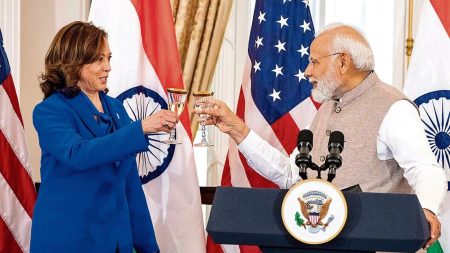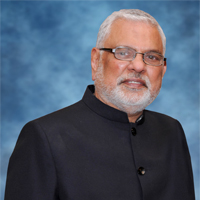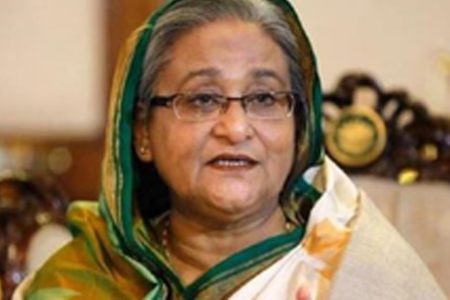On January 20, 2021, Kamala Harris shattered multiple glass ceilings when she was sworn in as Vice President of the United States. Her historic ascent marked her as the first woman, the first Black American, and the first Indian American to occupy the nation’s second-highest office. This momentous event was celebrated worldwide, symbolizing the triumph of diversity and representation in American politics. Harris’s achievement is a beacon of hope, reflecting the possibilities that arise when barriers are broken and new paths are forged.
As Vice President, Harris has tackled numerous challenges with unwavering determination, demonstrating her commitment to justice, equality, and the well-being of all Americans. Her multifaceted identity and rich cultural heritage have uniquely positioned her to address the diverse needs of the American populace. She has been a relentless advocate for underrepresented communities, striving to create a more inclusive and equitable society.
President Biden’s endorsement of Kamala Harris for the 2024 presidential race marks another historic milestone. If elected, she would become the first Black and Indian American woman to lead a major party ticket, further solidifying her legacy as a trailblazer. Her candidacy promises to inspire countless individuals, particularly young women of color, to aspire to leadership roles.
Harris’s journey is a testament to the power of perseverance and the importance of representation in governance. As the 2024 presidential race unfolds, her story will undoubtedly continue to inspire and energize voters, reinforcing the belief that America’s strength lies in its diversity and its ability to embrace change.
India’s Finance Minister Nirmala Sitharaman has unveiled an ambitious $576 billion budget for the current fiscal year, designed to stimulate manufacturing and job creation in the world’s fastest-growing major economy. This budget surpasses earlier estimates and underscores the government’s commitment to economic revitalization. A notable allocation of $32 billion is earmarked for rural development, with new programs targeting states governed by key coalition allies supporting Prime Minister Narendra Modi.
The updated budget forecasts spending of 638 Billion, a 1.2% increase from the interim estimate. This revision includes a substantial dividend transfer from the central bank, enabling a reduction in the fiscal deficit target to 4.9% of GDP. Additionally, the government aims to invest $24 billion in job creation over the next five years.
The budget reflects a strategic focus on infrastructure investments and tax reforms to bolster economic growth and maintain political alliances.
On a lighter note, this week, Prime Minister Narendra Modi achieved a significant milestone by becoming the most followed world leader on the X platform, formerly known as Twitter. This achievement underscores his global influence and the wide-reaching impact of his communication strategy. Modi’s adept use of social media has allowed him to connect directly with millions of people, transcending traditional media barriers. His posts, often blending policy updates, cultural celebrations, and personal reflections, resonate with a diverse audience, fostering a sense of direct engagement with the leader of the world’s largest democracy. This milestone is not just a testament to Modi’s popularity but also highlights the evolving dynamics of political communication in the digital age. As social media continues to shape public discourse, Modi’s ascendancy on this platform exemplifies how leaders can leverage digital tools to amplify their message and connect with constituents on a global scale.
 Editor-in-Chief
Editor-in-Chief













